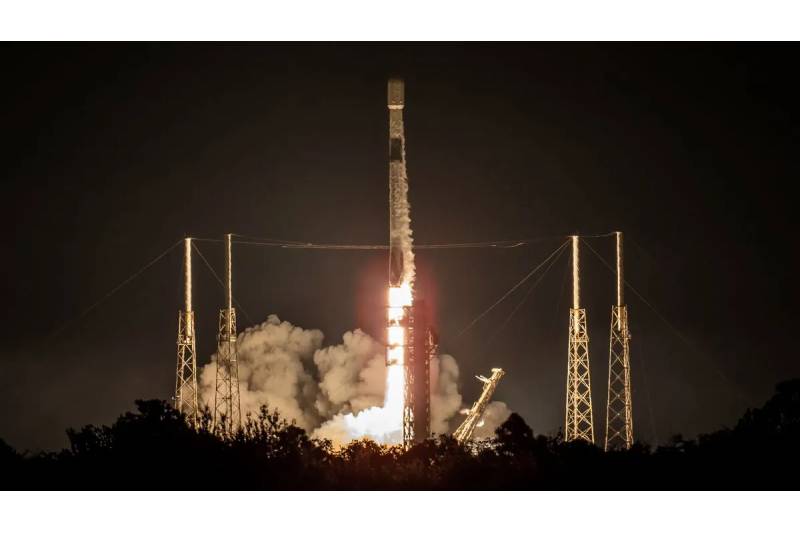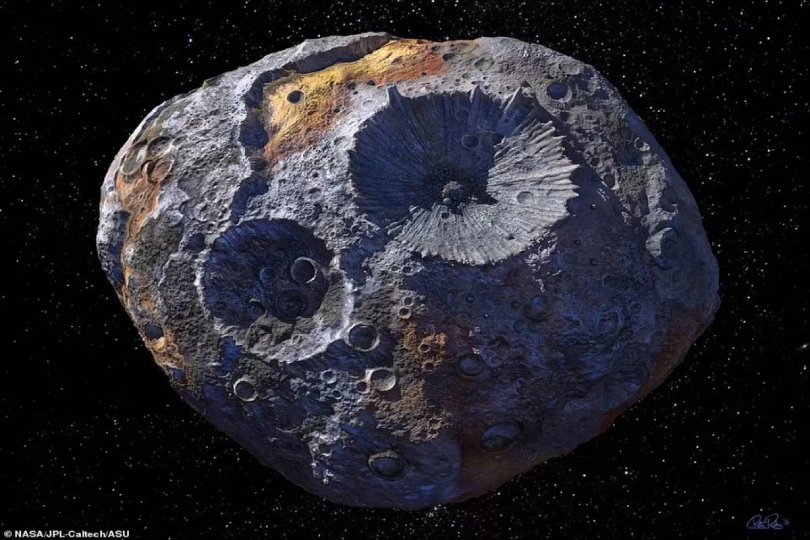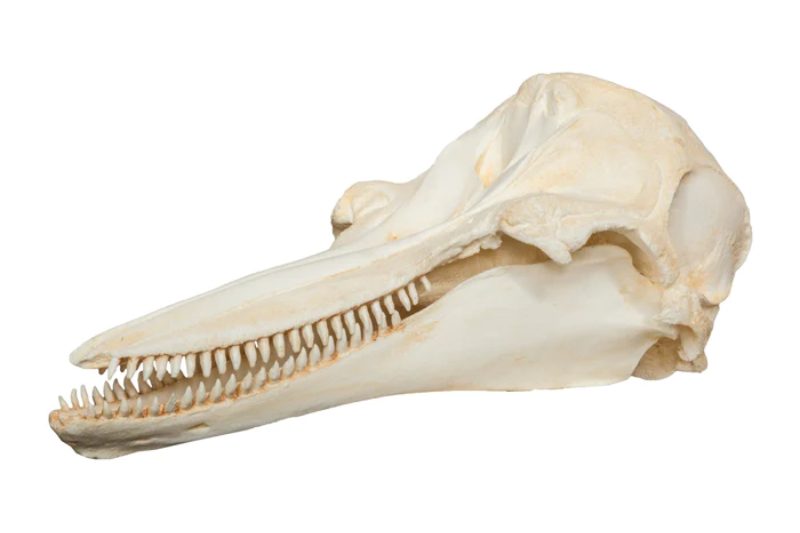Following an earlier this month setback, SpaceX has found its footing once more.
On Sunday morning, July 28, the business launched two missions, launching clusters of its Starlink broadband satellites from coast to coast atop Falcon 9 rockets in less than five hours’ time.
The two liftoffs occurred approximately twenty-four hours following a Falcon 9 launch on Saturday morning, July 27, which served as the vehicle’s attempt to return to flight following a July 11 failure.
The first launch of the day took place on Sunday at 1:09 a.m. EDT (0509), when a Falcon 9 loaded with 23 Starlink satellites took off from Florida’s Cape Canaveral Space Force Station. The firm stated in an X post on Sunday morning that it was the 300th reflight of a SpaceX booster overall and the 14th mission for its Falcon 9 first stage.
Then, at 1:22 a.m. local California time, or 5:22 a.m. EDT (0922 GMT), the business launched a Falcon 9 from California’s Vandenberg Space Force Base. Thirteen of the twenty-one Starlink satellites launched by this rocket are capable of providing direct cell phone connectivity.
According to SpaceX, both missions were a complete success. The higher stages of the rockets successfully launched the Starlink satellites into low Earth orbit, and the rockets’ lower stages executed flawless ship landings.
The July 11 accident, which was the first Falcon 9 in-flight malfunction since June 2015, happened when the upper stage developed a liquid oxygen leak, preventing it from carrying out the intended orbit-raising burn. As a result, 20 Starlink satellites that were part of the rocket’s payload were launched too low.
A crack in a line leading to a pressure sensor in the liquid oxygen system was identified by SpaceX as the source of the leak. Additionally, the business has taken action to stop the issue from occurring in the future.
SpaceX stated in an anomaly update on Thursday afternoon (July 25) that “the failed sense line and sensor on the second-stage engine will be removed for near-term Falcon launches.” “The sensor is not used by the flight safety system and can be covered by alternate sensors already present on the engine.”




